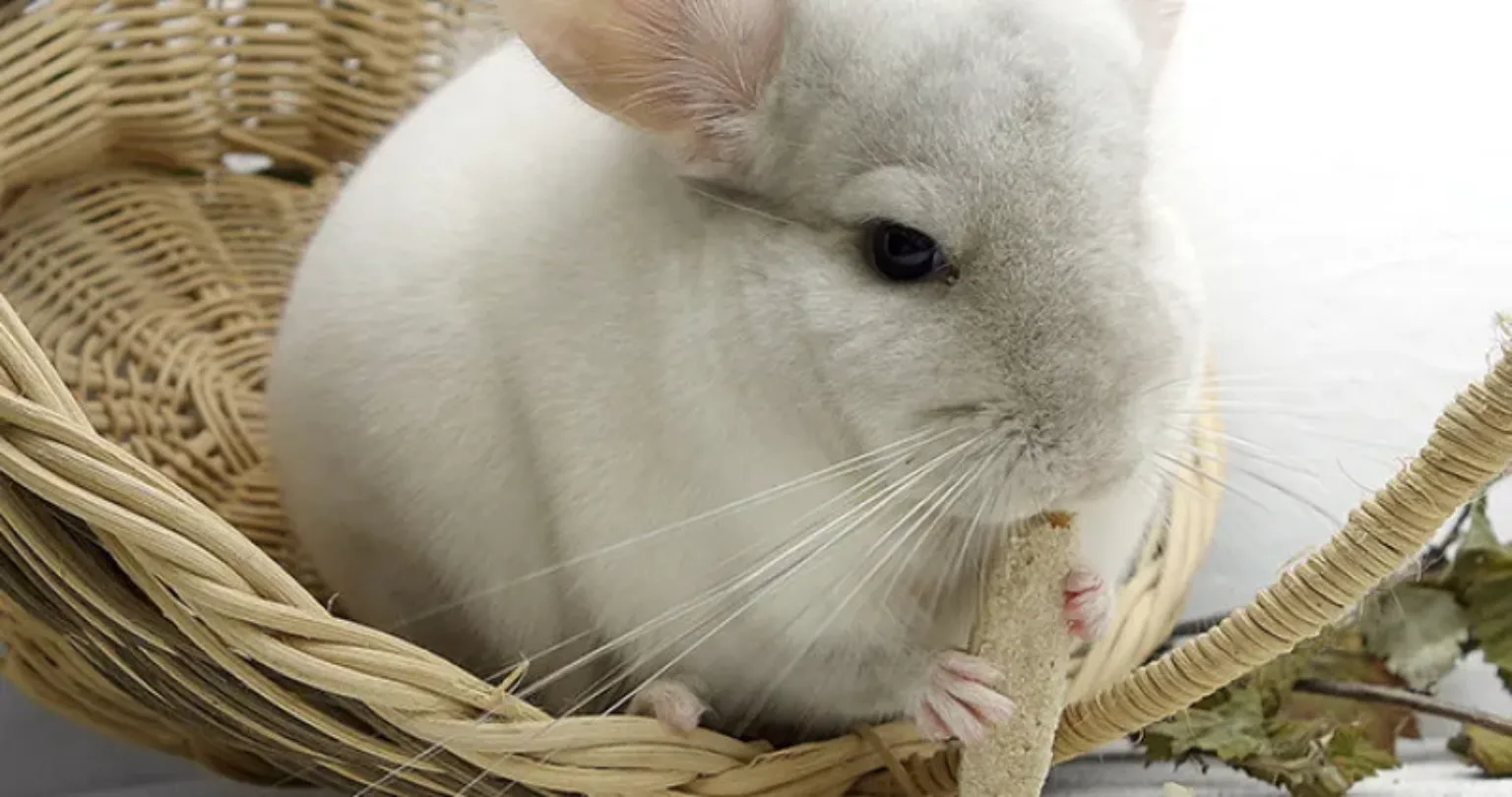Could you star in The Dog House?
If you're looking for a match, filming for the next series starts this Spring.

Chinchillas are very social animals who love the companionship of other chinchillas.
In the wild, they can live in large groups covering a large area of land. They enjoy feeding and grooming together – and also use one another for security by making vocal ‘alert’ sounds.
Ideally, chinchillas should be housed in same-sex pairs, or a castrated male can live with one or more females. Introducing chinchillas to a new companion is possible but must be done with great care and patience. They can be extremely territorial and aggressive if it’s not done correctly.
When introducing chinchillas, use the split mix or side-by-side method. This involves having their cages side-by-side for a week or two to allow them to get used to the possibility of living together.
If your chinchillas spit and urinate through the bars at each other, you will need to make the distance between the cages slightly bigger – and then, slowly bring them closer together again.
Once they are quite content with the arrangement, allow them to have some free-range time together in a secure, chinchilla-friendly room. Place healthy treats, food, boxes and items for them to investigate around the room.
You may need to carry this out for 10-15 minutes daily for a week or so until they seem content with each other and you are observing friendly behavioural signs.
If you see these signs, place your chinchillas together in a clean, neutral cage. Ideally, do this in the morning after an exploring session, as they are more likely to settle down and sleep than squabble.
Follow all the steps listed above and there’s an excellent chance your chinchillas will bond and become lifelong friends. Good luck.